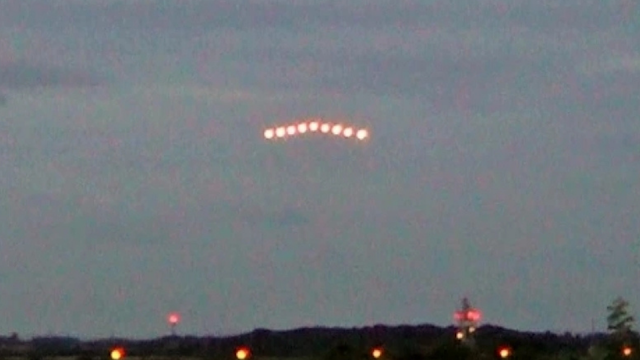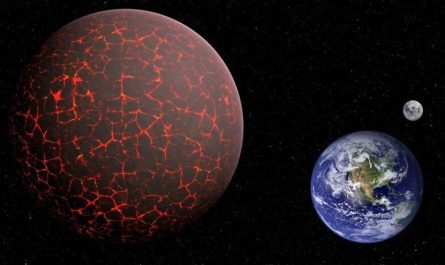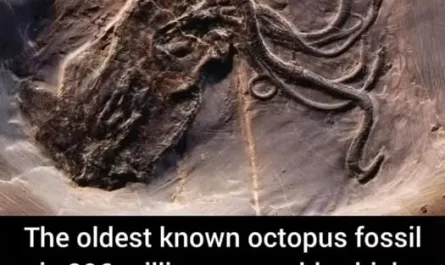Scientists’ insatiable search for finding another planet that could support human life has just got a leg up following the discovery of two Earth-like alien worlds. Both the spatial bodies have a mass similar to that of Earth and have been found in the habitable zone of a star so far known as GJ 1002. The star is one of the dwarf stars referred to as M dwarfs, which are stars that have only a fraction of the Sun’s mass and luminosity.

The discovery was made by scientists working at the Instituto de Astrofísica de Canarias (IAC) in Spain. Astrophysicist Vera María Passenger explained to Science Alert that GJ 1002 was a “dwarf” star with a mass only one-eighth that of the Sun. “It is quite a cool, faint star. This means that its habitability zone is very close to the star.”

A star’s habitability zone is the area around a star where liquid water can exist on planets orbiting that star. The zone is neither too cold nor too hot for life. The two newly discovered planets are relatively closer to Earth than other similar discoveries, existing only 16 light years away.
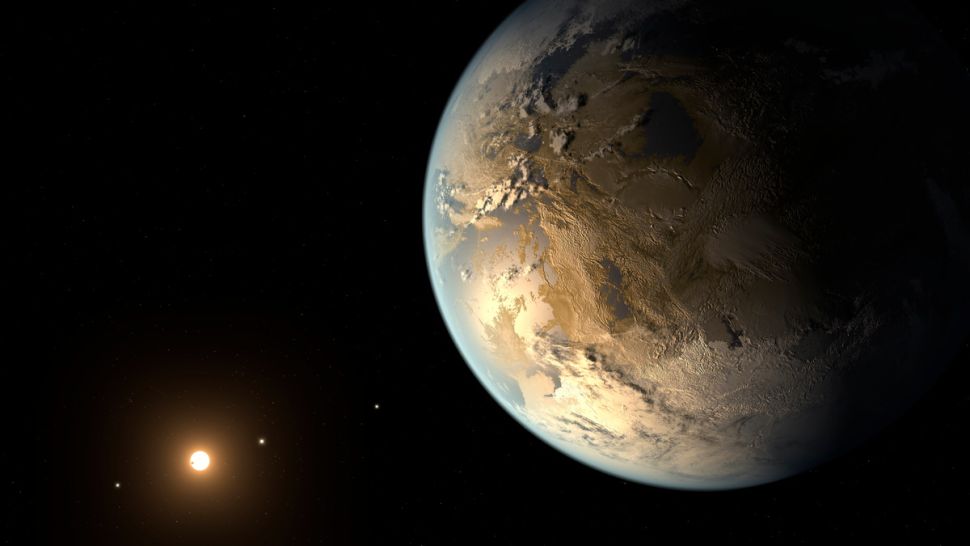
In comparison, TOI 700, another potentially habitable Earth-like world discovered by NASA, is just over 100 light-years away in the southern constellation Dorado.
However, scientists are yet to ascertain if the worlds actually have running water or an atmosphere suitable for supporting life. Astronomers have named the worlds GJ 1002b and GJ 1002c. The 1002b is closer to the star and takes 10 days to complete the orbit, while the 1002c takes longer at 20 days.
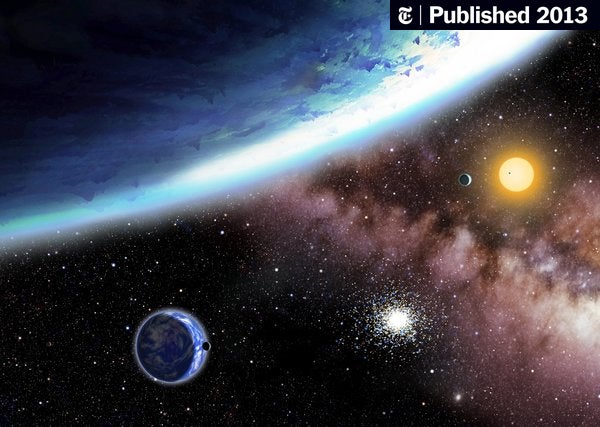
The discovery was made using two space-gazing instruments – ESPRESSO (Echelle SPectrograph for Rocky Exoplanets and Stable Spectroscopic Observations) and CARMENES (Calar Alto high-Resolution search for M dwarfs with Exoearths with Near-infrared and optical Echelle Spectrographs).
The search for exo-planets that have traces of alien life or sources of energy like water and warmth has been underway for quite some time now, and advancements in space study technologies are making discoveries of potentially habitable planets ever more common. The addition of James Webb to the space exploration arsenal has been a major win for astronomers, with its findings offering new insights into how the universe operates.
Scientists contend that studying the universe is needed not only to know more about the unknown world that is out there, but knowledge gained from the research is necessary for understanding ourselves more and where our planet and the solar system exist in the larger scheme of things.
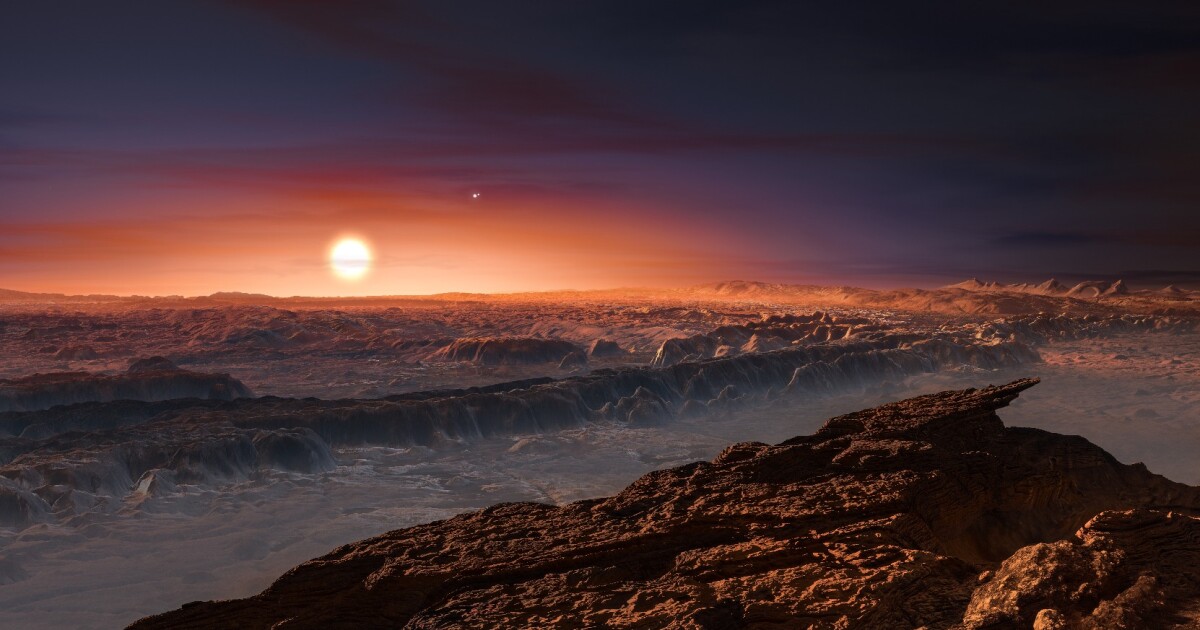
The relative proximity of GJ 1002b and GJ 1002c will help scientists study the world in detail in the future. Researchers say they plan to study the atmospheres of the two masses based on either “the light they reflect or the heat they” emit. With technological advancements moving at the speed of light, the distance at which potentially habitable planets are being discovered is getting shorter and shorter. Soon, we could be setting our eyes on an exo-planet that might have been sitting right next to our solar system all along, hiding in plain sight since ever.
Now that would be a real revelation!

